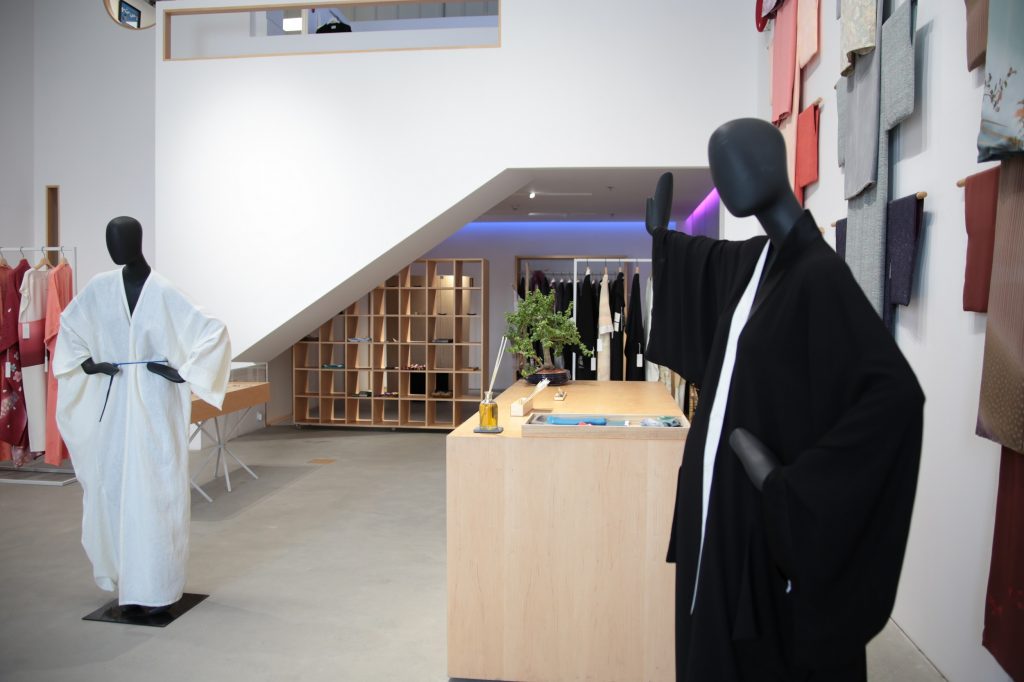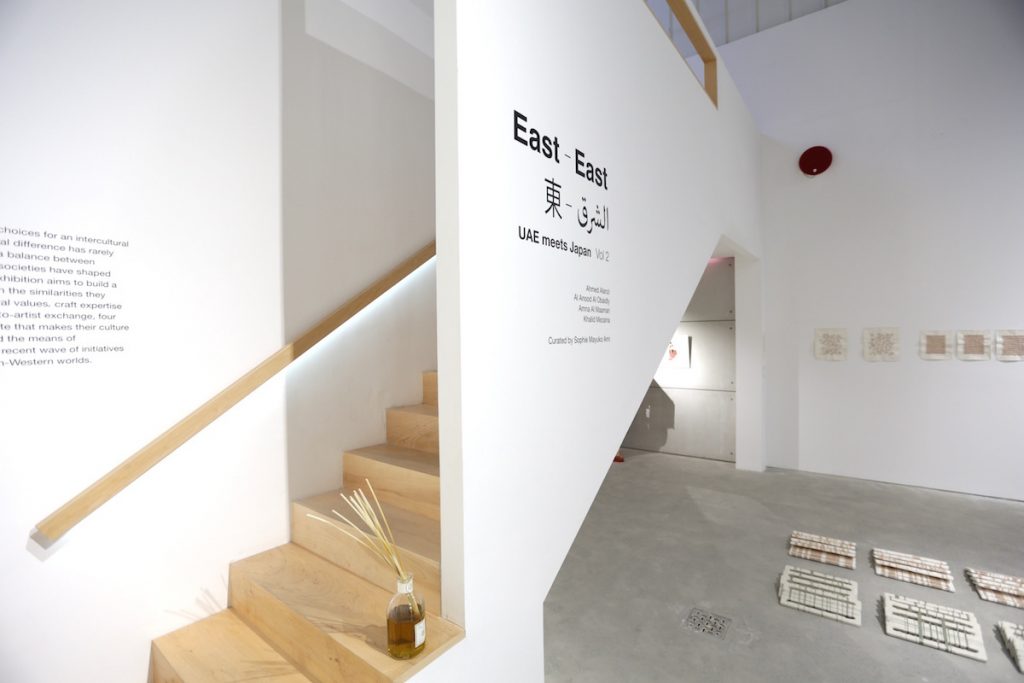



Rawaa Talass, Dubai
Dubai-based Serbian couple Nina and Nemanja Valjarevic have been longtime admirers of all things Japanese. It was through their numerous trips there — where they climbed Mount Fuji, took part in skiing excursions, visited flea markets, and roamed around the country’s cities and villages — that this admiration blossomed.
“We’ve traveled to beautiful countries around the world, but there’s just something in Japan that keeps drawing us back,” Nina, who has a background in arts management, told Arab News.
So it makes sense that three years ago, the Valjarevics pursued their passion by setting up a Japanese-focused art space and kimono shop called CHI-KA, located in Dubai’s cultural hub Alserkal Avenue.
“We live in a very difficult moment in time,” said Nemanja, who studied film direction in Belgrade. “So, we’re trying to play our own part by celebrating others. Japan gave us so much and one of the reasons we’re doing this is to give back.”
Their idea of “giving back” celebrates the best of the Japanese and Arab worlds, including a women’s clothing line combining elements of traditional kimono and abaya garments.
This kind of artistic hybrid was also an investment, according to Nemanja, to give the traditional kimono a “full-fledged life for the future” by coupling it with another culture and creating an avant-garde wardrobe in the Middle East. “They’re built to last and they can be passed on for generations — that’s the kimono philosophy,” explained Nemanja.
[caption id="attachment_3363" align="alignnone" width="329"] “In Japanese, ‘chi’ is the element earth and ‘ka’ is the element fire. (Supplied)[/caption]
“In Japanese, ‘chi’ is the element earth and ‘ka’ is the element fire. (Supplied)[/caption]Since opening, the art space, which strives to not “represent Japanese culture in a typical sense,” according to Nina, has showcased a number of exhibitions looking into a variety of themes, such as the symbolism of color in kimonos and the influence Japanese art has had on emerging Emirati artists.
Currently, in collaboration with the consulate-general of Japan and ‘paper sommelier’ Mr. Yoshinao Sugihara, a selection of a historically revered, sustainable Japanese paper known as “washi” is on display until November 16.
Despite the fact that Japan and the Arab world are geographically and culturally distant, Nina and Nemanja aim to prove certain similarities or “invisible bridges” as they like to call them, exist.
“With fashion, there is a shared sense of modesty,” Nina pointed out. “It’s in kimono culture specifically, where the lady is covered, elegant, sensible, and fairly modest, similar to the ladies here in the UAE.”
Aside from a lucrative history of trade relations that still links these two regions, Nemanja added that there were also similarities from an interior design perspective, particularly how both cultures treat private, family spaces.
Attention to detail was brought up several times, which was applied when their bespoke, two-storey space was being created — from its name to the wood used for its interior.
[caption id="attachment_3364" align="alignnone" width="342"] Dubai-based Serbian couple Nina and Nemanja Valjarevic have been longtime admirers of all things Japanese. (Supplied)[/caption]
Dubai-based Serbian couple Nina and Nemanja Valjarevic have been longtime admirers of all things Japanese. (Supplied)[/caption]To bring their architectural concept to life, the pair brought in two Japanese, UAE-based architects and designers, Takeshi Murayama and Manabu Ozawa. The result, where Japanese identity meets a universal look, was elegant and minimalist with its white walls and high ceiling, giving a feel of spaciousness. It also included a cozy Tatami room — with sliding doors imported from Japan — where the kimono-abayas are displayed.
The name CHI-KA was thought through thoroughly, Nina said. “‘Chi’ and ‘Ka’ are two separate words. In Japanese, ‘chi’ is the element earth and ‘ka’ is the element fire. We felt that these two elements came together well, especially for women. In ‘chi’ a lady feels grounded, strong and connected to the earth, and ‘ka’ has a sense of energy and passion. So, she has a little bit of both.”
In terms of their clothing line, the kimono-abayas — of Arabian kaftans accompanied with the “obi” Japanese belt and Emirati abayas with wide kimono sleeves — are meticulously produced by hand in CHI-KA’s workshop. The earth-toned garments come in pure silk, linen, and other Japanese fabrics.
A final touch, the auspicious origami bird is a motif on the back of the garments, proving once more the designers’ attention to the smallest of details, a time-honored trait of the Japanese people that Nina and Nemanja are in awe of.
“The Japanese add an extra touch to everything,” Nina said. “I feel that whatever it is they do, it’s done with so much dedication and integrity, whether they’re just making soba noodles or wrapping something. So, it’s that attention to detail — which I haven’t seen anywhere else — that really blew me away. When people call themselves detail-oriented, I say, ‘no, not until you’ve seen the Japanese.’”